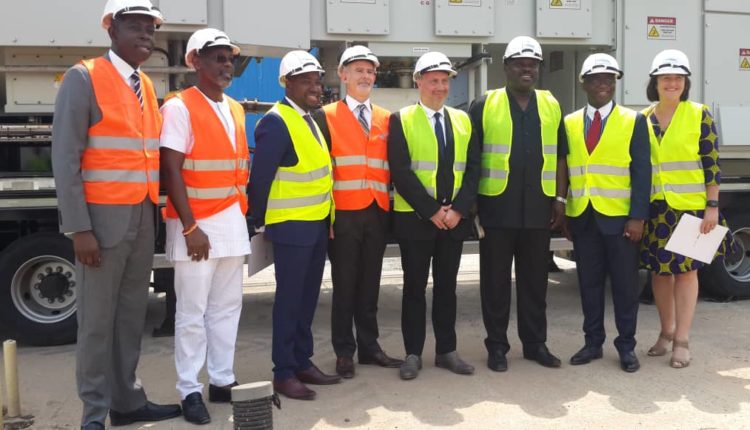Once again, and more determined than ever, the Government of Ghana (GoG), has saddled up to fix as much of its energy sector as it can.
Barely a fortnight ago, GoG, in collaboration with the Hungarian government, outdoored a $70 million power generation investment.
This, according to sector experts, is a concrete assurance that the long periods of erratic power supply, popularly known as ‘dumsor’, that hit the country a few years ago, will never return to torment Ghanaians.
The investment includes three out of five GE aero-derivative gas turbines (TM2500) which will be used to operate the first stage of the 400 megawatts Bridge Power Project.
The Bridge Power Project, according to field experts, will be the biggest power plant in Ghana since the Bui Hydropower plant, providing a significant portion of the country’s power.
The project is being developed by the Early Power Limited (EPL) consortium, made up of Endeavor Energy, a leading independent power development and Generation Company focused on Africa, Sage, an independent Ghanaian energy trading firm and General Electric Power (GE), the world energy leader.
Ghana’s Gain
Speaking at the unveiling ceremony in Accra, Deputy Trade Minister, Robert Ahonka-Lindsay, said unlike other plants the country has had, this project would enhance the country’s energy security through its fuel diversity.
He disclosed that the plant will be fuelled by either liquidities petroleum gas (LPG), natural gas or diesel. This means operation will not be affected by disruptions in the supply of any single fuel type.
This, according to the minister, is what Ghana needs as it moves into massive industrialisation.
“Power is one of the most important fluids that drive the industrial machine. But it can’t just be any power; we need the flexibility that this plan offers, the affordability it offers,”
After the complete rollout of the Integrated Aluminium Industry as well government’s flagship one district, one factory projects, Mr. Lindsay noted that the power needs of the country will shoot up, hence the establishment of the project.
“This strategy is designed to move the country’s power fleet away from expensive sources of fuel and to provide a model with lower cost and with the risk of supply being borne by project’s sponsors,” he said.
On Wheels and Hope
They do not look much but the turbines, after completion, would be largely responsible for supplying over 2 million Ghanaian homes with electricity.
The wonder turbines have been built on what could be likened to a trailer—thus making it movable.
The Project’s first stage includes five individual gas turbine units and its second stage will have four independent gas turbines—each can operate independently and be started, stopped and then restarted within an hour.
The construction of this plant has brought and continues to bring hope to the unemployed. The immediate economic benefits, according to managers of the plant, are the creation of hundreds of jobs.
Time to hug a Hungarian
The Hungarian government has since played a significant role in the financial closing and construction of the Bridge power project.
It is a flagship project of the European nation’s “Opening to the South” campaign, where the Hungarian government is focusing on Africa and Latin America to expand its diplomatic and economic presence.
According to the country’s Ambassador to Ghana, András Szabó, the main task of his office is to stimulate the exchange of information and deepen cooperation between Ghana and Hungarian companies.
“These turbines were manufactured by Hungarian hands but will be operated by Ghanaian hands,” he said.
Aside its vital contributions to the success of the Bridge Power Project, Hungary hopes to invest in other areas including; water management, health, waste management, agriculture and food processing.
By Grace Ablewor Sogbey


Comments are closed.